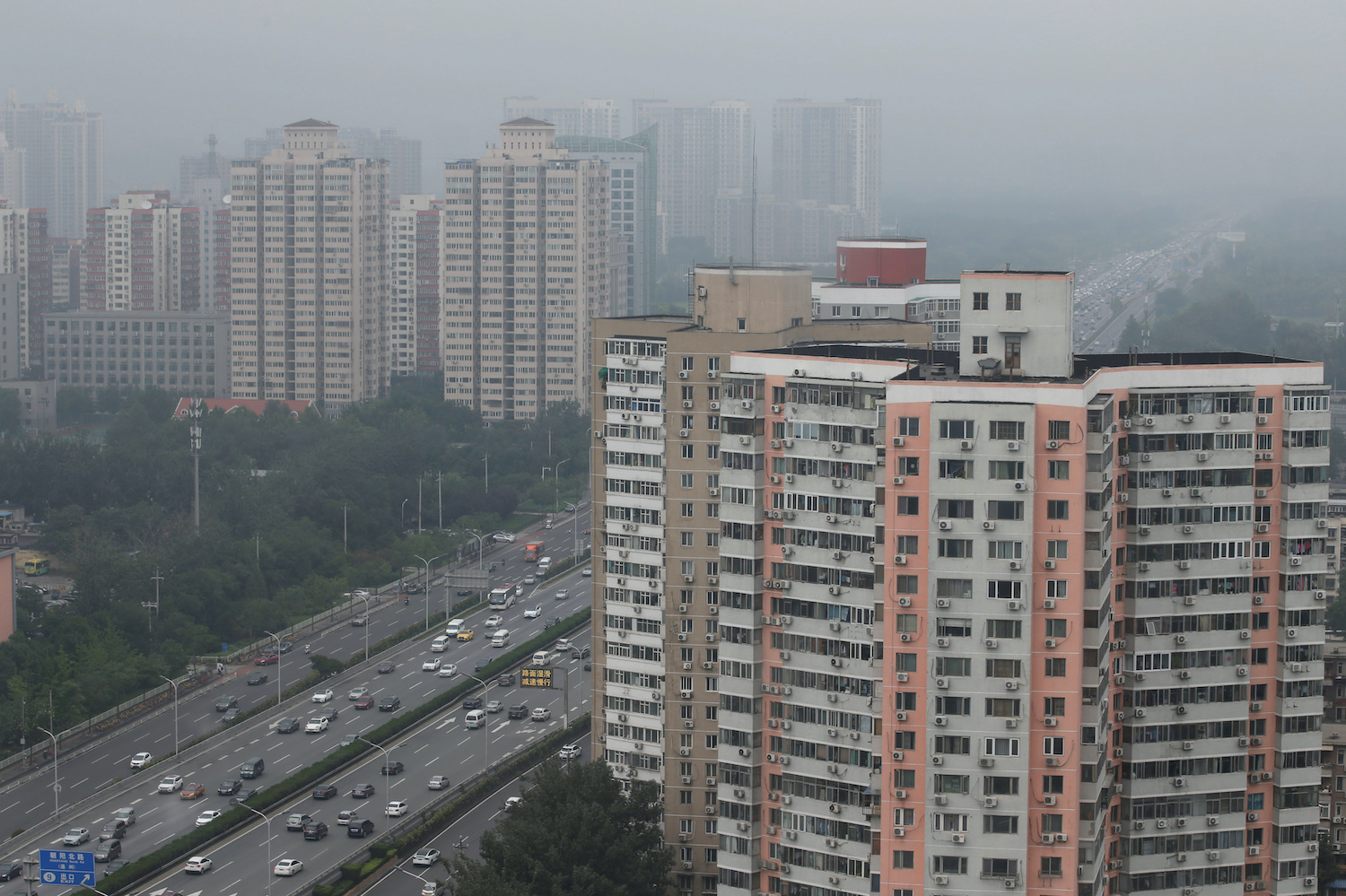(ATF) Recently, US President Biden signed the $1.9-trillion US Economic Relief Act. After he took office, Biden was committed to implementing a series of new deals. As the world struggles with the pandemic, what will happen to the US dollar and RMB? Guan Tao, chief economist at Bank of China Securities, did a commentary on this issue.
Talking to NBD, a state-owned outlet, Guan pointed out that dislocation caused by the epidemic has led to a misalignment in the high growth rates of China and the United States – factors that supported a rapid appreciation of the yuan’s exchange rate.
A strong economy means a strong currency, Gao said. And while the US dollar index has a significant impact on the yuan’s exchange rate, China’s economic prospects are the most important factor affecting the currency.
Strong economy means strong currency
Guan Tao, who has a PhD in economics, serves as the global chief economist and managing director of Bank of China International Securities Co Ltd and is a doctoral supervisor in economics at Wuhan University. He is also a member of the first China Foreign Exchange Market Steering Committee.
Guan said he sees seven major factors that will affect the yuan exchange rate this year – and the factors that led to a rapid depreciation of the US dollar last year may be reversed. This time, the $1.9-trillion short-term stimulus has had a relatively strong effect. At present, the economic recovery and the Sino-US interest rate differential are mainly affected by the seven factors.
In terms of economic recovery, the FOMC’s economic forecast in March was revised up to 6.5% from December last year, which means that the Fed expects that by this year, economic output can return to the level before the epidemic. Even before the passage of the latest stimulus, the IMF World Economic Outlook in January said that US economic growth was expected to be stronger than that of Japan and Europe. This was the case before the epidemic, and so it has been a trend since the epidemic. Interestingly, there is talk of Japanisation of the US economy – that is, low inflation, low growth and high government debt.
In terms of interest-rate differentials between China and the United States, the market has increasingly strong expectations of the Fed’s marginal convergence of monetary easing. The yield on the US 10-year Treasury has already soared from less than 1% at the beginning of the year to close to 1.7%.
At present, the the epidemic has led to dislocation of the high points of economic growth in China and the United States. The factors that supported the rapid appreciation of the yuan exchange rate last year have been or are changing.
As said, China’s economic prospects are the most important factor affecting the yuan. But even if the national economy slips from the path of growth and declines, the yuan exchange rate will still be favored by the market. The current situation is that various factors are declining and the exchange rate may not fluctuate in one direction as it did last June.
RMB opening and closing may be ‘new normal’
NBD: Judging from the current overall situation of various factors affecting the US dollar and RMB, how do you expect the RMB exchange rate to trend in the coming year?
“In terms of financial risks, there are some hidden dangers both at home and abroad. Global central banks have ‘released water’ and stock markets have hit new highs one after another. It is worth paying attention to how many economic growth expectations have been overdrawn.
“Currently, Schiller’s CAPE valuation level is the second highest in history, second only to the Internet bubble in 2000. Non-financial corporate debt is high. Historically, every round of economic crisis has a deleveraging process. However, this round of fiscal and monetary policies has achieved “one cannot be less” on the grounds that “this crisis is not the fault of business operations, but the epidemic caught everyone off guard.”
“However, debt is debt, and this grey rhino will cause the market to be particularly sensitive to ‘deleveraging’. If financial risks break out, the dollar’s hedging properties will become prominent, and whether the yuan will be a safe-haven asset needs to be tested by the market.
“The relationship between major powers is a long-term logic that affects the yuan exchange rate. The market also has a certain consensus on this. In this regard, it may develop in a favorable direction for the yuan, or it may be negative.
“As for whether the yuan exchange rate will further rise above 5 to 1, I may be more cautious and optimistic about this, Guan said, “because even from the perspective of the exchange rate determination theory of purchasing power parity, it is more challenging to rise above 5.”
“According to data in the latest World Economic Outlook database of the International Monetary Fund, in 2020, the purchasing power parity of the renminbi was 4.24 to 1, which is 11% lower than the level in 2014 when the Chinese economy was measured by purchasing power parity in the world. And, not to mention that in 1980, in the early period of reform and opening up, the purchasing power parity of the yuan was only 1.50. While China’s per capita income will reach the level of a moderately developed country in the middle of this century, it is also necessary to effectively maintain the actual purchasing power of the yuan.
“We have much more arduous work to do,” he said.
























